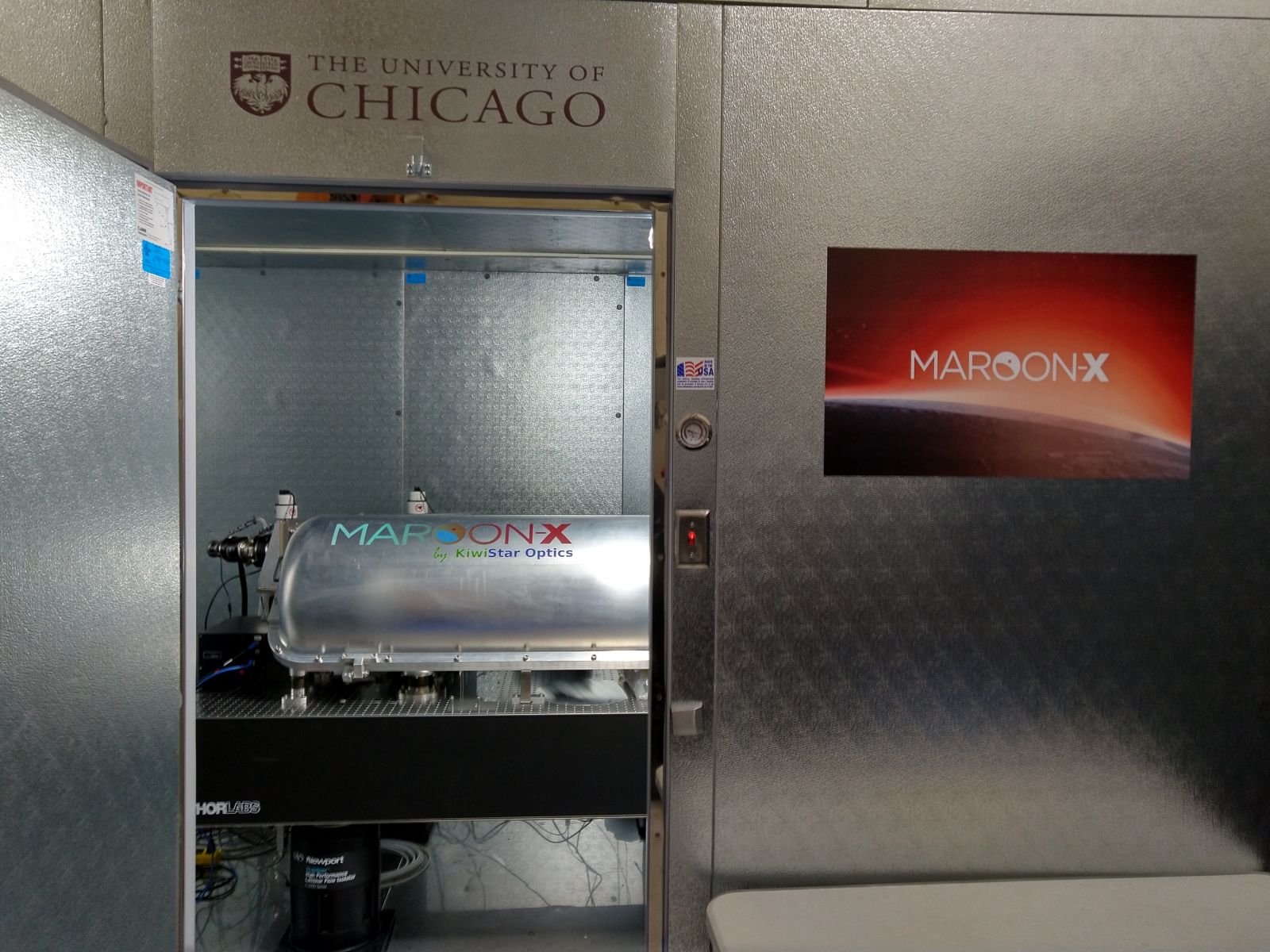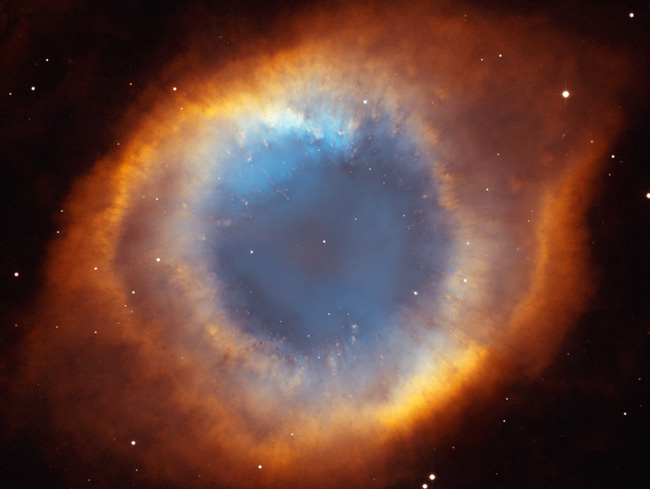
and
Aug. 24, 2020
Peter Michaud
NewsTeam Manager, NSF’s NOIRLab
Hilo, HI, USA
Tel: +1 808 936 6643
Email: pmichaud@gemini.edu
Gemini Observatory images reveal striking details of our recent celestial visitor’s rotation.

Images of Comet NEOWISE obtained with Gemini North on Hawai‘i’s Maunakea on the night of 1 August 2020. This sequence was obtained using the Gemini Multi-Object Spectrograph (GMOS) with the 468/8 nm filter and digitally enhanced using a dedicated algorithm. The field of view is 2 arcminutes across.Credit: International Gemini Observatory/NOIRLab/NSF/AURA/M. Drahus/P. Guzik

When Comet NEOWISE (C/2020 F3) sped through the inner Solar System during the middle of 2020, astronomers and the general public watched in awe as this “dirty snowball” shed gas and dust into space, producing a striking show visible to the naked eye. Close-up observations, led by Michal Drahus and Piotr Guzik of Jagiellonian University in Krakow, used the international Gemini Observatory, a Program of NSF’s NOIRLab, to observe the materials escaping from the comet over time. One set of observations, obtained on 1 August 2020 from the Gemini North telescope on Hawai‘i’s Maunakea, displays a spiraling stream of molecular gas that reveals the rotation of the comet’s nucleus. The timelapse sequence, compressed to only a few seconds, represents about one fifth of the approximately 7.5-hour rotation period of the comet.
The observations, obtained under a research program to explore the rotational dynamics of the comet, took place over several evenings, and were limited by the comet’s relatively close proximity to the Sun and the resulting short observing windows. The Gemini observations allowed the researchers to determine the rotation of the comet to excellent accuracy and to look for changes in the rotation rate.
Comets consist of ices, rocks, and dust left over from the formation of our Solar System. Some comets follow highly elongated orbits which send them close to the Sun where they warm up and cause the frozen gases to vaporize, releasing molecules and debris into space. It is thought that most comets release gasses in geyser-like jets and that is what researchers think is happening in the Gemini images. As the vaporized material erupts from the comet its rotation causes it to appear to spiral outward, much like the water from a spinning garden hose. The very same material impacts the comet’s rotation causing its nucleus to spin-up or spin-down, though for most comets, the effect is too weak to detect.
More information
This research was reported in an Astronomers Telegram.
The team is composed of Michal Drahus (Jagiellonian University in Krakow), Piotr Guzik (Jagiellonian University in Krakow), Andrew Stephens (Gemini Observatory), Steve B. Howell (NASA Ames Research Center), Stanislaw Zola (Jagiellonian University in Krakow), Mikolaj Sabat (Jagiellonian University in Krakow) and Daniel E. Reichart.
Links:
Astronomers Telegram ATel #13945
A sequence of eight images reveals the rotation of Comet NEOWISE using data from the international Gemini Observatory’s Gemini North telescope on Hawai‘i’s Maunakea. The images were obtained on 1 August 2020 using the Gemini Multi-Object Spectrograph over a period of 1.5 hours. In this sequence, the set of eight images are looped nine times. Credit: International Gemini Observatory/NOIRLab/NSF/AURA/M. Drahus/P. Guzik/J. Pollard
See the full article here.
five-ways-keep-your-child-safe-school-shootings
Please help promote STEM in your local schools.


![]()
Gemini’s mission is to advance our knowledge of the Universe by providing the international Gemini Community with forefront access to the entire sky.
The Gemini Observatory is an international collaboration with two identical 8-meter telescopes. The Frederick C. Gillett Gemini Telescope is located on Mauna Kea, Hawai’i (Gemini North) and the other telescope on Cerro Pachón in central Chile (Gemini South); together the twin telescopes provide full coverage over both hemispheres of the sky. The telescopes incorporate technologies that allow large, relatively thin mirrors, under active control, to collect and focus both visible and infrared radiation from space.
The Gemini Observatory provides the astronomical communities in six partner countries with state-of-the-art astronomical facilities that allocate observing time in proportion to each country’s contribution. In addition to financial support, each country also contributes significant scientific and technical resources. The national research agencies that form the Gemini partnership include: the US National Science Foundation (NSF), the Canadian National Research Council (NRC), the Chilean Comisión Nacional de Investigación Cientifica y Tecnológica (CONICYT), the Australian Research Council (ARC), the Argentinean Ministerio de Ciencia, Tecnología e Innovación Productiva, and the Brazilian Ministério da Ciência, Tecnologia e Inovação. The observatory is managed by the Association of Universities for Research in Astronomy, Inc. (AURA) under a cooperative agreement with the NSF. The NSF also serves as the executive agency for the international partnership.
What is NSF’s NOIRLab?
NSF’s National Optical-Infrared Astronomy Research Laboratory (NOIRLab), the US center for ground-based optical-infrared astronomy, operates the international Gemini Observatory (a facility of NSF, NRC–Canada, ANID–Chile, MCTIC–Brazil, MINCyT–Argentina, and KASI–Republic of Korea), Kitt Peak National Observatory (KPNO), Cerro Tololo Inter-American Observatory (CTIO), the Community Science and Data Center (CSDC), and the Vera C. Rubin Observatory. It is managed by the Association of Universities for Research in Astronomy (AURA) under a cooperative agreement with NSF and is headquartered in Tucson, Arizona. The astronomical community is honored to have the opportunity to conduct astronomical research on Iolkam Du’ag (Kitt Peak) in Arizona, on Maunakea in Hawaiʻi, and on Cerro Tololo and Cerro Pachón in Chile. We recognize and acknowledge the very significant cultural role and reverence that these sites have to the Tohono O’odham Nation, to the Native Hawaiian community, and to the local communities in Chile, respectively.





































